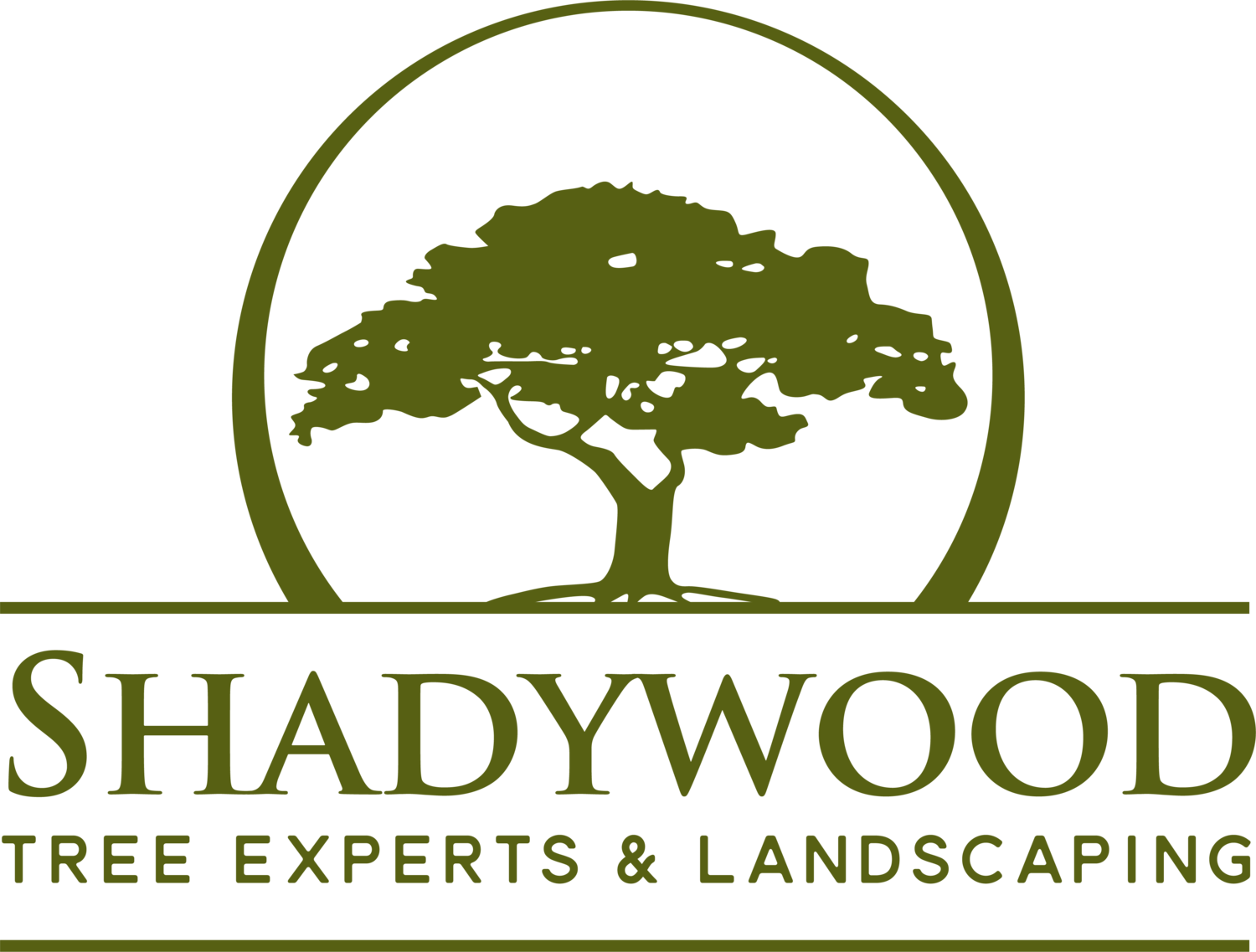Does My Tree Have Emerald Ash Borer (EAB)?
What is Emerald Ash Borer?
Emerald ash borer (EAB) is an invasive forest insect from Asia. EAB infests and kills weak and healthy ash trees alike, and all species of ash native to North America are vulnerable to EAB attack. With nearly 1 billion ash trees in the state, the spread of EAB will have a serious impact in Minnesota. frigid winter temperatures in northern Minnesota may help to slow the spread and survival of EAB, cold won't stop it completely.
What is the eab lifecycle?
EAB is a beetle whose larvae feed on ash trees. Most of the emerald ash borer life cycle takes place below the bark. Woodpeckers readily feed on EAB larvae and often reveal infested trees during the winter months. These trees become covered in light-colored "flecking" as woodpeckers remove the outer bark to get to the EAB larvae underneath. Since you’re more likely to see the damage caused by EAB, once trees have started to show symptoms, trees generally die within one to three years
What are the signs I should look out for in my ash trees?
EAB only attacks ash trees. If your tree is not an ash tree, it will not be affected by EAB. Is your tree an ash tree? Look at its leaf. An ash tree leaf is compound, meaning that each leaf has multiple leaflets. Next, look at the branch structure. Ash trees have an opposite branch arrangement, meaning the branches come off the trunk or larger branch directly opposite from each other (not staggered). You can also look at the bark. On older ash trees, bark has a tight, diamond-shaped pattern. Younger trees have relatively smooth bark.
Some symptoms to look out for are:
1) Top of tree canopy thinning and crown dieback: As larvae feed beneath the bark they damage tissues responsible for transporting water and nutrients. Initial damage appears as thinning in the upper canopy of the tree and branches can die over time.
2) Epicormic Sprouting: When trees are stressed, they may try to grow new branches and leaves wherever they still can (suckering). Stressed ash trees may have new growth at the base of the trunk or on main branches.
3) Woodpecker Damage: In addition to the two symptoms above, trees infested with EAB are often sought out and attacked by woodpeckers. extensive woodpecker damage is sometimes referred to as “flecking” or “bronzing”.
Ash tree with EAB infestation with epicornic sprouting
Ash tree with emerald ash borer infestation showing canopy thinning and crown dieback
what kind of treatment should I use?
Treatment options for EAB include soil and trunk injected applications. Shadywood Tree Experts is in a unique position to offer all possible options concerning EAB, preventative and therapeutic treatments, to removal as a last resort.
Call us today to set up a consultation with one of our ISA Certified Arborists to discuss your options.


